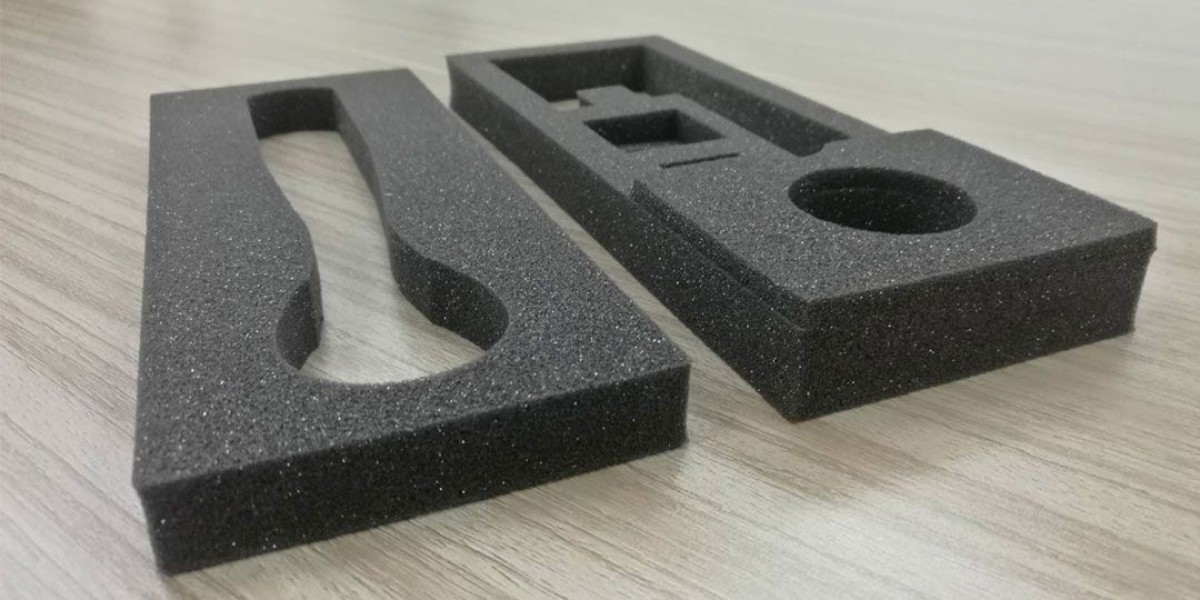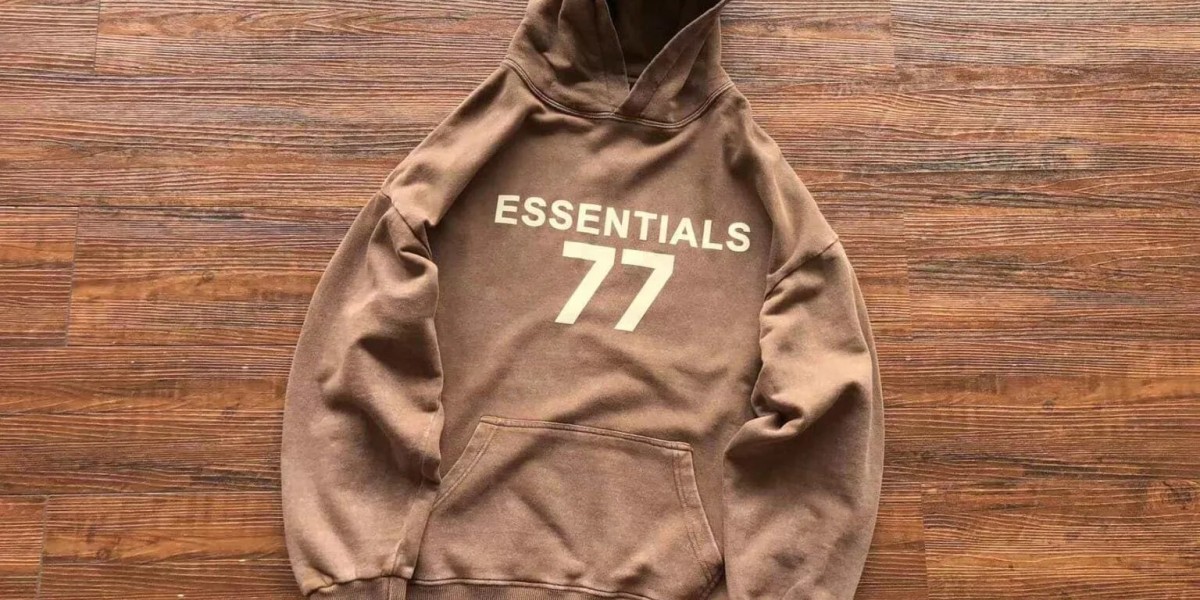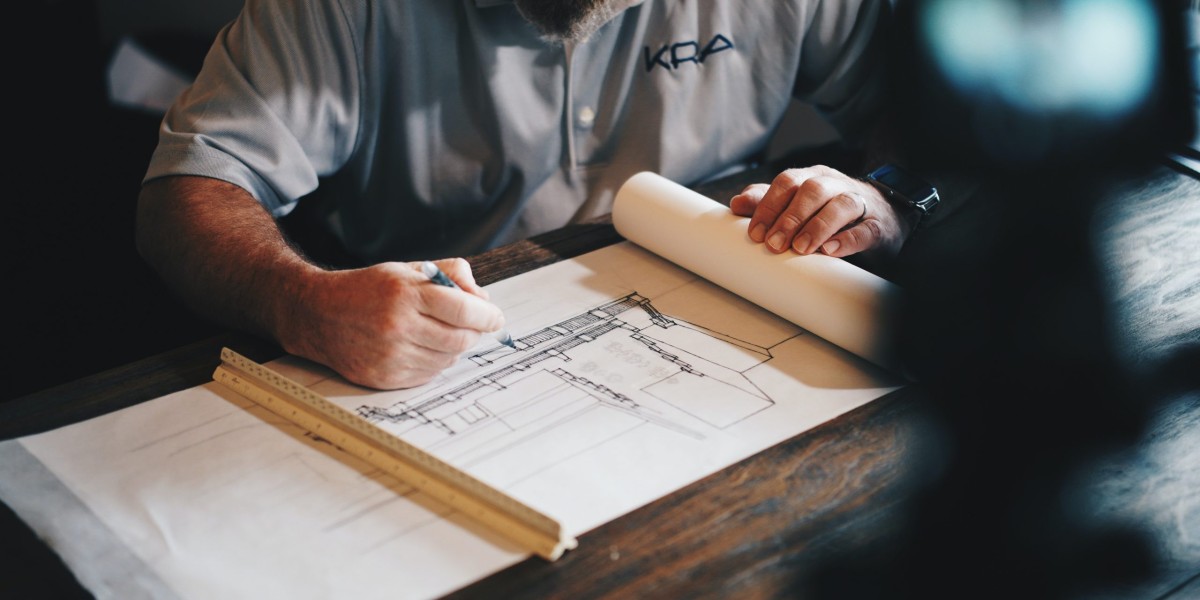1. Introduction to Custom Foam Inserts
Have you ever opened a brand-new electronic device or delicate product and noticed a snug foam interior keeping everything secure? That’s a custom foam insert at work.
Custom foam inserts are protective materials precisely designed to fit specific products, equipment, or tools. They safeguard fragile items from shock, vibration, and impact during shipping or storage. Whether you're in aerospace, automotive, or retail, these inserts ensure that your products reach their destination intact and professional-looking.
In today’s market, packaging is no longer just about aesthetics. It’s about protection, efficiency, and precision, especially when the contents are valuable or fragile. That’s why companies across industries rely on custom foam inserts to elevate safety, streamline logistics, and enhance user experience.
2. The Importance of Protective Packaging
We live in an age where shipping and transport are integral to business operations. With millions of packages moving daily, ensuring items remain damage-free has become crucial. Here's why protective packaging like foam inserts is essential:
- Damage Prevention: Absorbs shocks and vibrations.
- Brand Image: Enhances presentation and customer satisfaction.
- Compliance: Meets industry regulations for safety (e.g., ISO, ASTM).
- Efficiency: Speeds up packaging/unpacking processes.
In fact, research shows that over 30% of product returns are due to product damage during shipping—something easily preventable with proper packaging.
3. Types of Custom Foam Inserts
Understanding the different foam types helps you choose the best insert for your specific application.
3.1 Polyethylene (PE) Foam Inserts
- Durable and rigid
- Best for heavy-duty equipment
- Excellent chemical and water resistance
3.2 Polyurethane (PU) Foam Inserts
- Soft and flexible
- Ideal for lightweight and delicate items
- Offers excellent cushioning
3.3 Cross-linked Polyethylene (XLPE) Foam Inserts
- Closed-cell, high-end appearance
- Used in medical or high-end consumer products
- Smooth surface and easy to clean
3.4 Anti-static Foam Inserts
- Designed for electronics and circuit boards
- Prevents static discharge
- Common in aerospace, tech, and defense industries
Each type of foam offers different strengths depending on your item’s shape, weight, and fragility.
4. Industries That Use Custom Foam Inserts
Foam inserts are not one-size-fits-all. Here’s a breakdown of industries that rely heavily on them:
4.1 Electronics & Aerospace
- Protects sensitive components from electrical interference and shock
- Custom shapes reduce movement and friction
4.2 Automotive & Motorsports
- Transports parts, tools, and prototypes
- Used in toolboxes, component shipping, and more
4.3 Medical & Pharmaceutical
- Maintains sterility and safety
- Often uses antimicrobial and closed-cell foam
4.4 Food & Beverage
- Secures bottles, jars, and fragile containers
- Often integrated into gift boxes or export containers
4.5 Consumer Goods
- From retail packaging to display kits
- Provides a high-end unboxing experience
The versatility of custom foam inserts makes them a staple across both industrial and retail sectors.
5. How Custom Foam Inserts Are Made
Creating a custom foam insert involves several technical steps:
- Product Measurement: Using CAD or 3D scanning for precision
- Design Prototyping: A digital or physical mock-up is created
- Material Selection: Choosing the appropriate foam (PE, PU, XLPE)
- CNC Routing or Die Cutting: Shapes the foam according to the design
- Testing & Fitting: Ensures everything fits snugly and functions well
Modern manufacturers often use laser cutting and water-jet systems for intricate shapes. This level of customization ensures maximum protection and professional aesthetics.
6. Key Benefits of Using Custom Foam Inserts
Using custom foam inserts isn’t just smart—it’s strategic. Here’s why:
- Increased Product Safety
- Improved Brand Perception
- Reduced Returns and Refunds
- Streamlined Packing Operations
- Eco-friendly Options Available
When used properly, foam inserts can extend product life, boost customer satisfaction, and reduce overall logistical headaches.
7. Custom Foam Inserts vs Standard Foam
Feature | Custom Foam Inserts | Standard Foam |
Fit | Exact fit for each product | Generic and loose |
Protection | High-level, tailored | Basic shock absorption |
Branding | Can be color-matched & engraved | Plain and neutral |
Efficiency | Easy packing and unpacking | May require additional filler |
Cost Efficiency | Long-term savings | Short-term cost benefits |
Choosing the custom option may seem pricier up front but pays off in protection, professionalism, and durability.
8. Design Considerations for Custom Foam Inserts
When designing foam inserts, consider:
- Product Dimensions & Weight
- Fragility Level
- Packing/Unpacking Speed
- Environmental Factors (e.g., humidity, temperature)
- User Interaction (e.g., unboxing experience)
Foam inserts can also be branded, color-coded, or even labeled for easier identification and sorting.
9. Cost Factors Without Discussing Pricing
Cost is influenced by several factors (not the actual prices):
- Foam Type: Premium foams like XLPE cost more than PU
- Design Complexity: More curves = more cutting time
- Volume: Bulk orders typically reduce per-unit cost
- Tooling Setup: First-time setups incur initial design costs
Understanding these variables helps you plan efficiently and avoid overspending.
10. Environmental Impact and Sustainability
Sustainability matters, even in packaging.
- Recyclable Foam Options
- Bio-based and Compostable Alternatives
- Reusable Custom Inserts
- Eco-conscious Manufacturing
Companies like Foamtec International are pioneering sustainable foam technologies to reduce environmental footprints.
11. Case Study: Application in Aerospace Packaging
An aerospace supplier needed secure transport for a flight-control module valued at $50,000. The company adopted custom XLPE foam inserts tailored to the module’s shape. Results:
- Zero Damage During Transit
- Faster Packing/Unpacking
- Improved Compliance with FAA Guidelines
This real-world example showcases the critical role of foam inserts in high-stakes industries.
12. Common Mistakes to Avoid When Choosing Foam Inserts
- Choosing the Wrong Foam Type
- Ignoring Environmental Conditions
- Overlooking Branding Opportunities
- Poor Measurement or Design
- Failing to Test the Insert First
Avoiding these mistakes can save time, money, and reputation.
13. Maintenance and Longevity of Foam Inserts
Foam inserts are low-maintenance but should be:
- Kept Clean & Dry
- Inspected Regularly for Wear
- Stored in Controlled Environments
- Replaced if Deformed or Broken
With proper care, inserts can last for years—especially PE or XLPE variants.
14. Where to Get Custom Foam Inserts
Many suppliers offer custom foam solutions, including:
- Packaging companies
- Industrial foam manufacturers
- 3D modeling and CNC service providers
Make sure they provide CAD-based design, prototype testing, and material options suited to your industry.
15. FAQs
Q1: Are custom foam inserts reusable?
Yes, many foam inserts—especially PE and XLPE—are designed to be reused for years.
Q2: Can I brand my custom foam inserts?
Absolutely. You can include logos, colors, and labels for a professional touch.
Q3: How long does it take to make custom inserts?
Typically 1–3 weeks, depending on design complexity and volume.
Q4: What’s the most durable type of foam?
Cross-linked polyethylene (XLPE) is known for its longevity and resistance to wear and tear.
Q5: Are custom foam inserts recyclable?
Many foam types are recyclable, and eco-friendly options are available.
Q6: Is it possible to get a prototype before mass production?
Yes, reputable providers will offer prototypes for testing and fit approval.
16. Conclusion: Why Investing in Custom Foam Inserts Matters
To sum it up, custom foam inserts in USA are not just packaging—they’re a strategic investment in your product’s safety, presentation, and longevity. Whether you're shipping delicate electronics or showcasing luxury goods, custom foam offers protection with precision. As industries evolve, smart, sustainable, and branded packaging is no longer optional—it’s expected.













